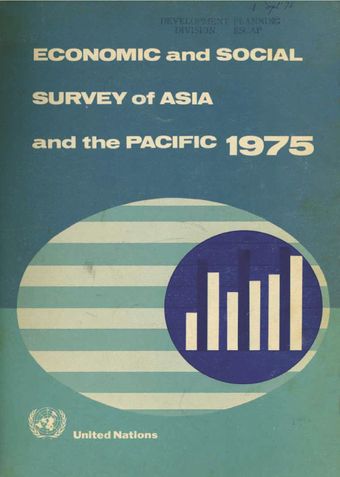The mobilization of financial resources

- Author: United Nations Economic and Social Commission for Asia and the Pacific
- Main Title: Economic and Social Survey of Asia and the Pacific 1975 , pp 123-139
- Publication Date: December 1975
- DOI: https://doi.org/10.18356/d04f86a6-en
- Language: English
Resources required by the small farmer for growth and development are provided from his savings and those of other groups or sectors. In most developing countries of the region, some part of these resources is mobilized without financial intermediation, as when unpaid farm household labour is used for land development or costs are defrayed out of savings held in kind or in cash. However, as a consequence of recent technological change in agriculture, the mobilization of a large and growing proportion of these resources requires intermediary institutions which bring together those who save and those who make use of these savings. These institutions may be classified into two markets: “the formal” and “the informal”. The former includes banks, co-operative societies and government departments and other public sector institutions and the latter includes village money-lenders, traders who combine trading with lending and other agents. It is the objective of this chapter to examine the working of these institutional mechanisms in mobilizing financial resources on behalf of the small farmer.
-
From This Site
/content/books/9789210599184s005-c005dcterms_title,dcterms_subject,pub_keyword-contentType:Journal -contentType:Contributor -contentType:Concept -contentType:Institution105


